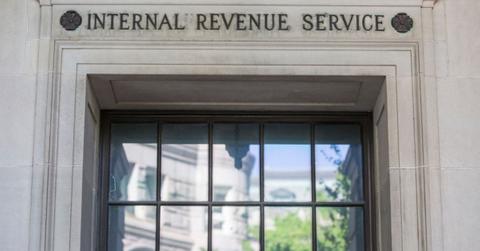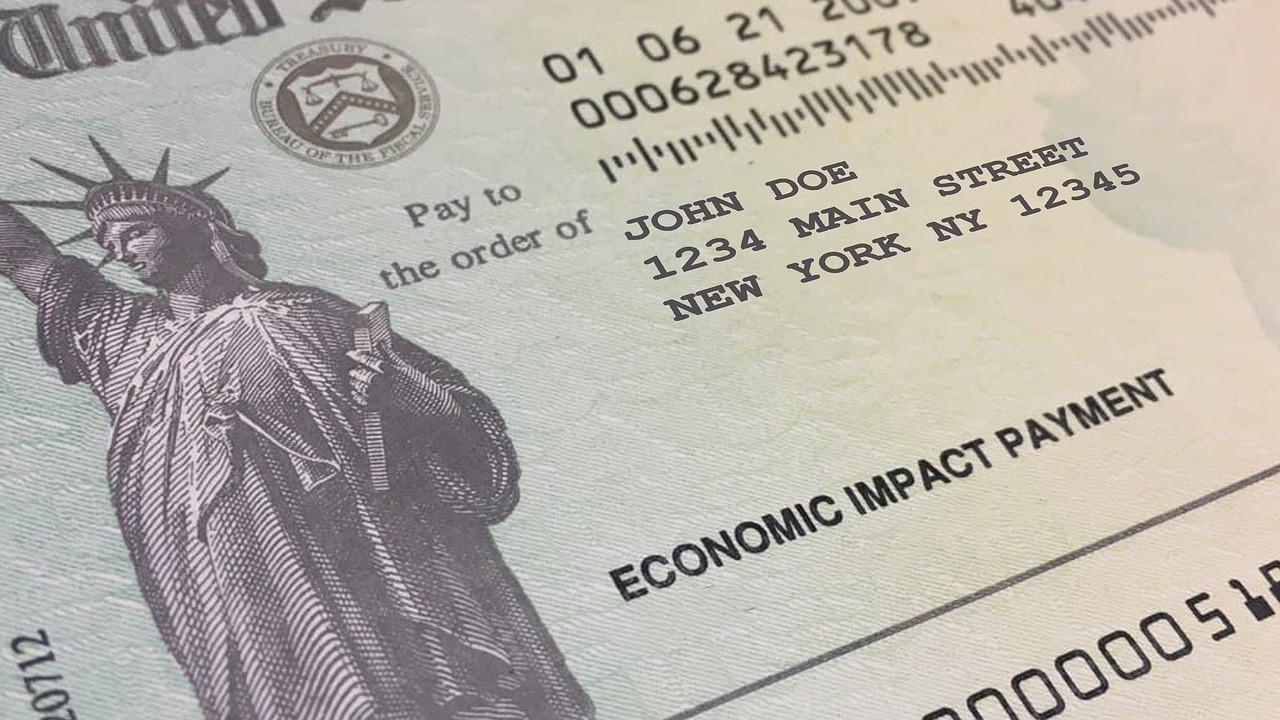Where Is My Plus-Up Stimulus Payment?
Some Americans qualify for more stimulus money than they received. The plus-up payments are arriving now. What can you expect?
April 8 2021, Published 1:55 p.m. ET

Some Americans haven't received the full amounts that they qualified for from three rounds of stimulus checks. They might expect to receive what the IRS calls “plus-up” payments. The payments complete stimulus payments to those who were eligible for more funds than they received.
The IRS said that it was disbursing payments to 25 million people or households to total $36 billion, which would have an official payment date of April 7. However, only about 1 million among that batch of payments consists of plus-up payments.

All about the plus-up stimulus payment
The “plus-up” payment from the IRS is available to make up for any shortfalls or eligibility changes in stimulus payments from any of the three stimulus packages.
Common reasons for changed eligibility are a decrease in income or an addition of a dependent in 2020. Many people’s income dropped in 2020, so if their first stimulus payments were calculated based on 2019 tax returns, their 2020 tax returns could change their eligibility.
The government is also working to issue stimulus payments to Americans who didn’t file taxes last year, including beneficiaries of Social Security, Supplemental Security Income, and Railroad Retirement, according to CNBC. Veterans Affairs (VA) beneficiaries should start seeing stimulus payments arrive as well.
How much is the plus-up stimulus payment?
The dollar amount of plus-up stimulus payments depends on various factors. The payments might be the result of underpayment in any or all of the three stimulus packages. Also, the stimulus checks came in different amounts, so the plus-up payments won't be the same for everyone.
The IRS will double-check some tax forms to ensure accuracy and eligibility. Some people might have claimed a dependent child for the first two stimulus checks. If the child turned 17 by January 1, 2020, they wouldn't be eligible for payments.

How to get the plus-up stimulus payment
Some people might be eligible for the plus-up payments if their original stimulus payments were based on 2019 tax returns and changes occurred in 2020. For example, adding a dependent would make you eligible for additional stimulus funds. If your income decreased in 2020 compared to 2019, your eligibility would also be impacted.
One potential issue with plus-ups and stimulus payments can occur with dependent children. Only one parent is allowed to claim a child in order to qualify for the Recovery Rebate Credit, but in cases of divorced or divorcing parents, things can be complicated. (Both parents can't receive stimulus money for a child, so disagreements or misunderstandings can cause trouble.)
Other Americans who don't normally file taxes are eligible for stimulus money, like those experiencing homelessness. If you don’t have to file taxes but you want to receive a stimulus payment, you can claim the Recovery Rebate Credit. Resources are available at IRS.gov.
Plus-up payment status
A recent batch of plus-up stimulus payments was disbursed with an official date of March 31, while another set of checks was dated April 7. You can go to the Get My Payment tool on the IRS website to track whether a payment is scheduled for you.
